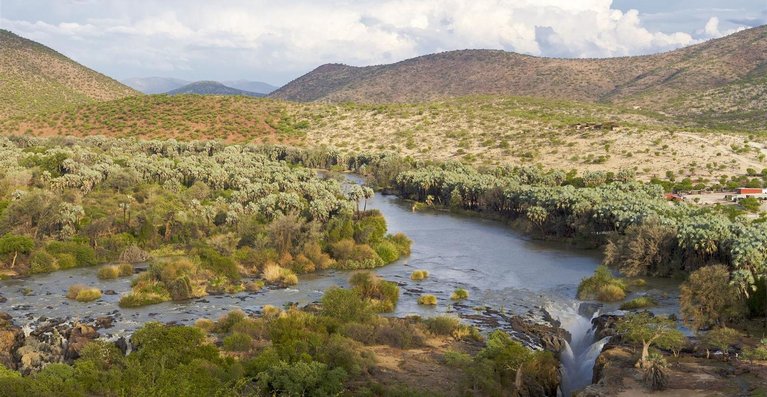
ESSIC Associate Research Scientist Toshihisa Matsui is a co-author on a new international paper in Climate titled “Convection Parametrization and Multi-Nesting Dependence of a Heavy Rainfall Event over Namibia with Weather Research and Forecasting (WRF) Model”. In the study, Matsui and international co-authors investigate the effects of using multi-nests and a convection scheme, numerical weather prediction models, on the simulation of a heavy rainfall event over the north-western region of Kunene, Namibia.
Namibia is considered to be one of the countries that are most vulnerable to climate change due to its generally dry climate and the percentage of its population that rely on subsistence agriculture for their livelihoods. Early-warning systems are important aspects of adapting to climate change and depend on properly-configured numerical weather prediction models.
The paper’s lead author is Sieglinde Somses from Namibia Meteorological Services. Somses and Matsui are also joined by international co-authors from the South African Weather Service, University of Pretoria, University of Namibia, and NASA.
Matsui studies cloud-precipitation processes associated with aerosols, land-surface, and large-scale environment through mesoscale meteorological models, remote sensing, and instrumental simulators. He is the key developer of the Unified Goddard Cumulus Ensemble (GCE) model, the NASA-Unified Weather Research and Forecasting (WRF) model, and the Goddard Satellite Data Simulator Unit (G-SDSU). He developed GPM satellite simulator to support pre-launch algorithm development for the GPM algorithm developer teams, and recently he also developed polarimetric radar simulator (POLARRIS) to fully utilizes ground-based scanning Dopper polarimetric radars from NASA GPM and DOE field campaigns. Dr. Matsui recently focus on creating NASA’s first super sites over NASA Wallops Flight Facility under the BiLateral Operational Storm-Scale Observation and Modeling (BLOSSOM) project. He organizes a seminar series of NASA Cloud-Precipitation Center (CPC), and GCE/NU-WRF development teams. He published 60+ journal publications and book chapters (citations 2823, h-index 32, i10-index 49 in 06/2021).
To access the article, click here: “Convection Parametrization and Multi-Nesting Dependence of a Heavy Rainfall Event over Namibia with Weather Research and Forecasting (WRF) Model”.






